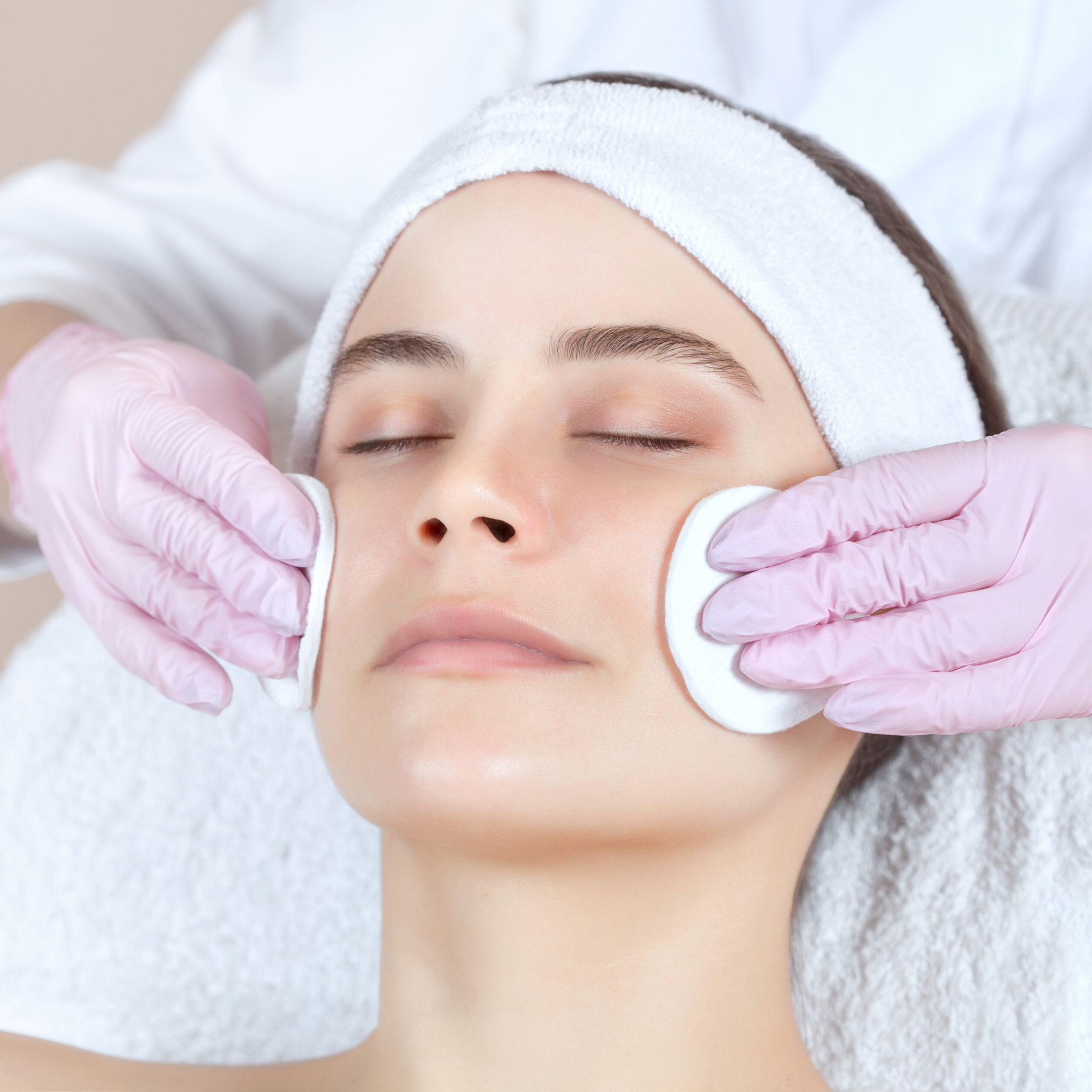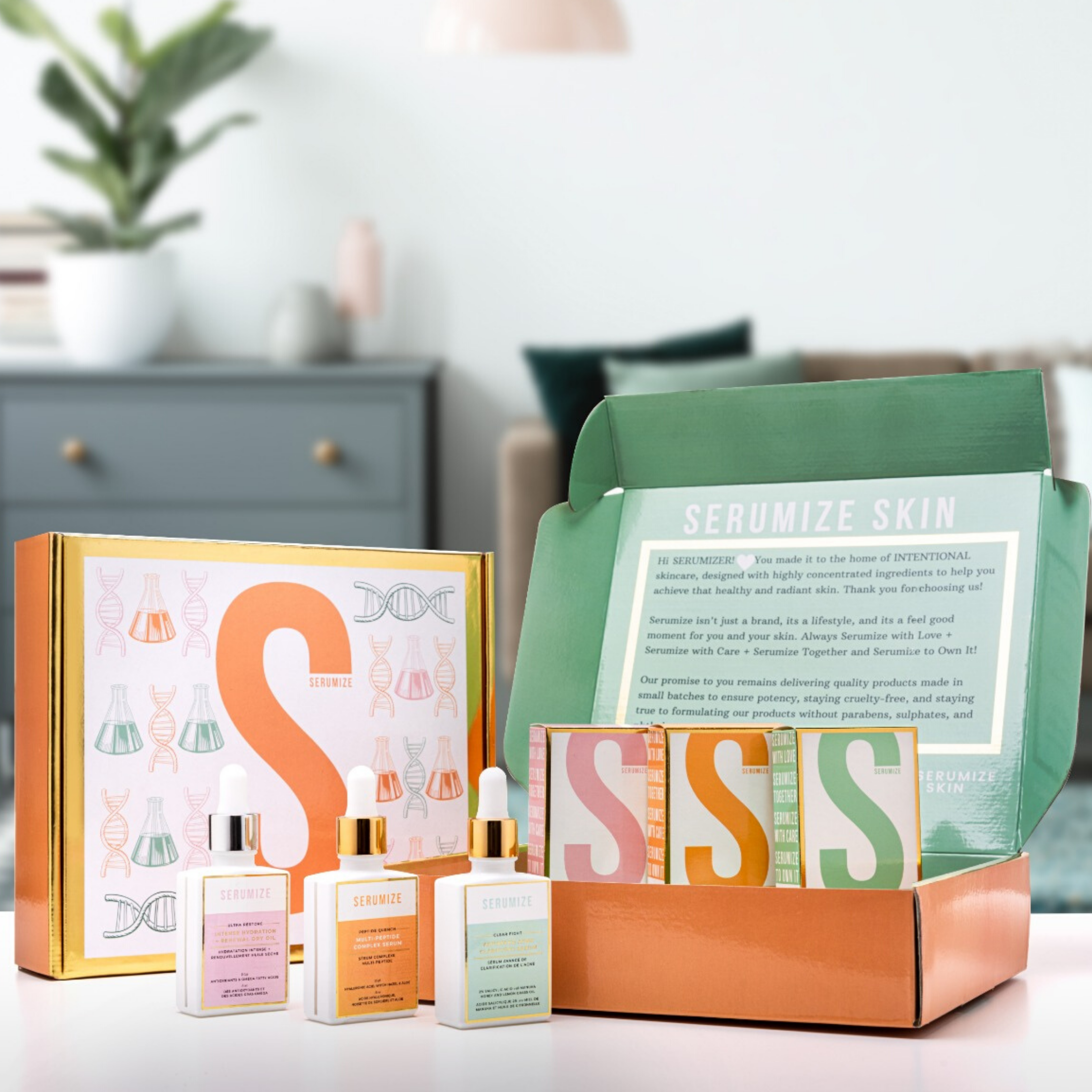Combination skin can be challenging to manage, as it involves dealing with two different skin types on the face at the same time. While some areas of the face may be dry and flaky, other areas may be oily and prone to breakouts. In this blog post, we'll go through some tips and tricks for managing combination skin so you can achieve a balanced, healthy complexion.
- Determine Your Skin Type
The first step in managing combination skin is to determine your skin type. Combination skin is characterized by an oily T-zone (forehead, nose, and chin) and dry or normal skin on the cheeks and around the eyes. Understanding your skin type will help you choose the right products and create a personalized skincare routine that addresses your specific needs.
- Cleanse with Care
When it comes to cleansing, it is important to use a gentle, non-drying cleanser that will not strip the skin of its natural oils. Look for a cleanser that is formulated for combination skin, or choose a gentle, pH-balanced cleanser that is suitable for all skin types. Avoid using hot water to wash your face, as it can dry out the skin and exacerbate dryness.
- Exfoliate Regularly
Regular exfoliation is crucial for managing combination skin. Use a gentle exfoliator once or twice a week to remove dead skin cells and unclog pores. Our Clear Fight Serum is perfect for delivering both exfoliation and hydration with every use. Avoid using harsh scrubs or exfoliants, as they can irritate the skin and cause inflammation. Chemical exfoliants like alpha-hydroxy acids (AHAs) and beta-hydroxy acids (BHAs) are excellent options for combination skin, as they can gently exfoliate without stripping the skin.
- Moisturize, Moisturize, Moisturize
Moisturizing is essential for all skin types, but especially for combination skin. Use our Clear Fight oil-free moisturizer that will hydrate the skin without leaving a greasy residue. Apply the moisturizer to the dry areas of the face, avoiding the T-zone. For those with extremely dry or sensitive skin, consider using a hydrating serum like our Peptide Quench Serum before applying our Peptide Quench Moisturizer on the dry areas of the face, and a lighter moisturizer on the oily areas.
- Use Spot Treatments
For those with acne-prone combination skin, spot treatments can be an effective way to manage breakouts. Look for a spot treatment that contains salicylic acid or benzoyl peroxide, which can help to clear up blemishes and prevent future breakouts. Apply the spot treatment only to the areas of the face that are prone to breakouts, and avoid using it on dry areas.
- Wear Sunscreen
Sunscreen is a must for all skin types, but especially for combination skin. Look for a broad-spectrum sunscreen with an SPF of 30 or higher, and apply it daily to protect the skin from the sun's harmful UV rays. Avoid using heavy, greasy sunscreens that can clog pores and exacerbate oiliness.
In conclusion, managing combination skin can be a bit of a balancing act, but with the right products and techniques, it is possible to achieve a healthy, radiant complexion. Remember to choose products that are gentle, non-drying, and suitable for your skin type, and be consistent with your skincare routine to see the best results. With a little bit of care and attention, you can keep your combination skin looking and feeling its best.



